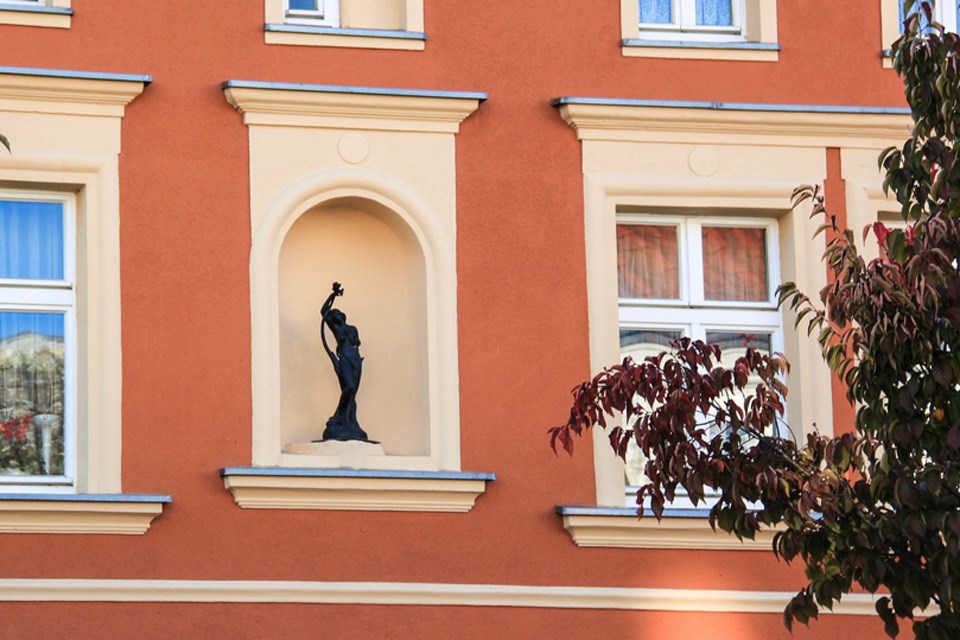Stucco, with its rugged charm and durability, is a popular choice for exterior surfaces of homes and buildings. However, like any other material, it's not impervious to wear and tear. From small holes and cracks to larger repairs necessitated by window relocation or door installation, maintaining stucco can be a DIY challenge. But fear not, with the right techniques and a bit of know-how, you can tackle stucco repairs like a pro.
Assess the Damage and Prepare
Before jumping in, it's crucial to assess the extent of the damage. For minor holes and cracks, a simple patch job might suffice. However, if you're dealing with larger repairs due to window relocation or door installation, you may need to take a more comprehensive approach.
Preparation sets the stage for a successful stucco repair job. Start by cleaning the area thoroughly to remove any dirt, debris, or loose stucco. A wire brush or pressure washer can come in handy for this task. Once clean, allow the surface to dry completely before moving on to the next step.
Selecting the right materials is essential for achieving a seamless repair. For small holes and cracks, a premixed stucco patching compound works well. Ensure it matches the colour and texture of your existing stucco for a cohesive finish. For larger repairs, you may need to purchase stucco mix and a bonding agent separately.
Patch Small Holes and Cracks
For tiny holes and cracks, apply the stucco patching compound using a putty knife or trowel. Press the compound firmly into the damaged area, smoothing it out to blend with the surrounding stucco. Allow it to dry according to the manufacturer's instructions before applying a second coat if necessary. Once dry, sand the patched area lightly to achieve a smooth finish.
Larger Repairs
For more extensive damage caused by window relocation or door installation, you'll need to take additional steps. Start by removing any loose or damaged stucco around the perimeter of the opening. Apply a bonding agent to the exposed substrate to promote adhesion.
Next, mix the stucco according to the manufacturer's instructions, ensuring it has a consistency similar to peanut butter. Using a trowel, apply the stucco to the prepared area, building up layers until it's flush with the surrounding surface. Feather the edges to blend seamlessly with the existing stucco.
Once the repair has dried completely, typically 24 to 48 hours, you can apply a coat of stucco paint to unify the colour and texture. Be sure to choose a paint specifically formulated for stucco surfaces for optimal results.
Mastering stucco repair is within reach for DIY enthusiasts with the right tools and techniques. Whether you're patching small holes or tackling larger repairs, thorough preparation and attention to detail are key. By following these tips and tricks, you can restore your stucco surfaces to their former glory and enjoy lasting durability for years to come.
This story is brought to you by Great West Media Content Studio. It is not written by and does not necessarily reflect the views of the editorial staff.




